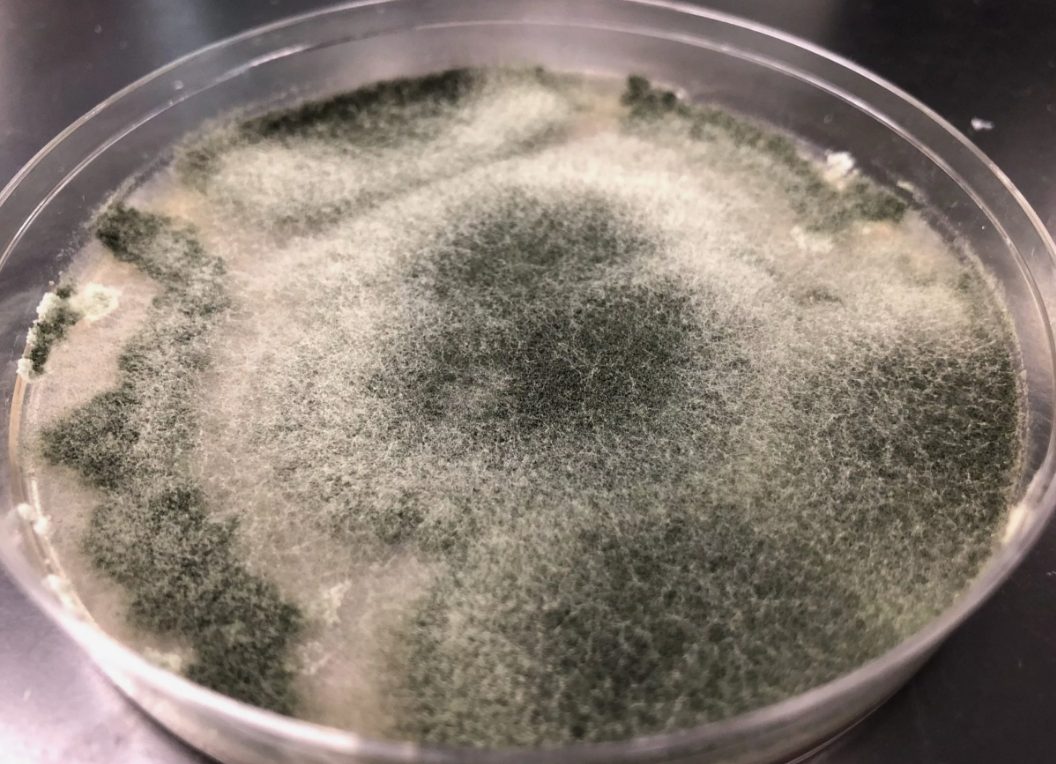#Trichoderm #biofungicide #plantdiseasemanagement #agriculture #sustainablefarming #biocontrolagents #phytopathogens, mycoparasitism, antimicrobial compounds, plant immunity
In an era marked by environmental concerns and resistance to synthetic pesticides, the agricultural community is turning its attention to biocontrol agents for safeguarding crop health and boosting yields. One such hero in the world of biofungicides is Trichoderma, a versatile and environmentally friendly fungi species. In this article, we delve into the power of Trichoderma as a biofungicide and explore its mechanisms of action, offering a promising alternative to synthetic fungicides.
Agriculture is not just a livelihood; it’s the backbone of sustenance for millions of people worldwide. However, this vital sector faces a significant challenge in the form of plant diseases that threaten crop yields and global food security. Traditionally, synthetic fungicides have been the go-to solution for disease management. But with growing concerns over human health, environmental risks, and the rise of pesticide resistance, the search for non-chemical alternatives has taken center stage in agricultural research.
One promising alternative is the use of biocontrol agents, which offer a sustainable and eco-friendly approach to combat plant pathogens. Among these agents, Trichoderma species have emerged as powerful allies in the battle against plant diseases.
The Versatility of Trichoderma
Trichoderma species, commonly found in soil and decaying organic matter, have been used as biocontrol agents since the early 1930s. These fungi are known for their exceptional abilities to combat a wide range of economically important phytopathogenic fungi, including Phytophthora, Rhizoctonia, Sclerotium, Fusarium, and many more. Notable species such as Trichoderma harzianum, Trichoderma viride, and Trichoderma koningii are currently mass-produced by agricultural entrepreneurs.
What makes Trichoderma particularly fascinating is its rapid growth and adaptability to different substrates. This adaptability ensures that Trichoderma is a predominant component of the soil mycoflora in various ecosystems. Additionally, Trichoderma possesses the ability to produce hydrolytic enzymes, secondary metabolites, and degrade harmful chemicals, all of which have significant economic implications.
Mechanisms of Trichoderma’s Biocontrol Abilities
Trichoderma’s effectiveness as a biocontrol agent stems from its various mechanisms of action, including:
- Antibiosis: Trichoderma strains produce a range of antimicrobial compounds that inhibit the growth and proliferation of phytopathogens. These compounds include harzianic acid, alamethicins, tricholin, peptaibols, and numerous antibiotics. These substances create a hostile environment for pathogens, inhibiting their colonization.
- Mycoparasitism: Trichoderma engages in direct combat with fungal pathogens through mycoparasitism. This process involves pathogen recognition, growth towards the pathogen, and the production of cell wall degrading enzymes (CWDEs) such as chitinases and proteases. Trichoderma attaches to the pathogen, penetrates its hyphae, and subsequently degrades it.
- Competition in the Rhizosphere: Trichoderma outcompetes other microorganisms for essential nutrients, a strategy that limits the availability of resources for fungal phytopathogens. Certain Trichoderma strains can even produce siderophores, which sequester iron from the shared niche, inhibiting the growth of soil-borne fungal pathogens.
- Priming of Resistance Mechanisms in Host Plants: Trichoderma’s ability to colonize plant roots triggers the plant’s immune system, leading to induced systemic resistance (ISR) and the priming of defense mechanisms. This enhances the host plant’s ability to resist pathogen attacks and cope with various stresses.
In the quest for sustainable and eco-friendly solutions for plant disease management, Trichoderma stands out as a formidable biofungicide. Its versatility, ability to combat pathogens through multiple mechanisms, and positive influence on host plants make it a valuable asset for modern agriculture. As the world grapples with the challenges of food security and environmental sustainability, embracing Trichoderma as a biocontrol agent could be a significant step towards a healthier, more resilient agricultural future.
